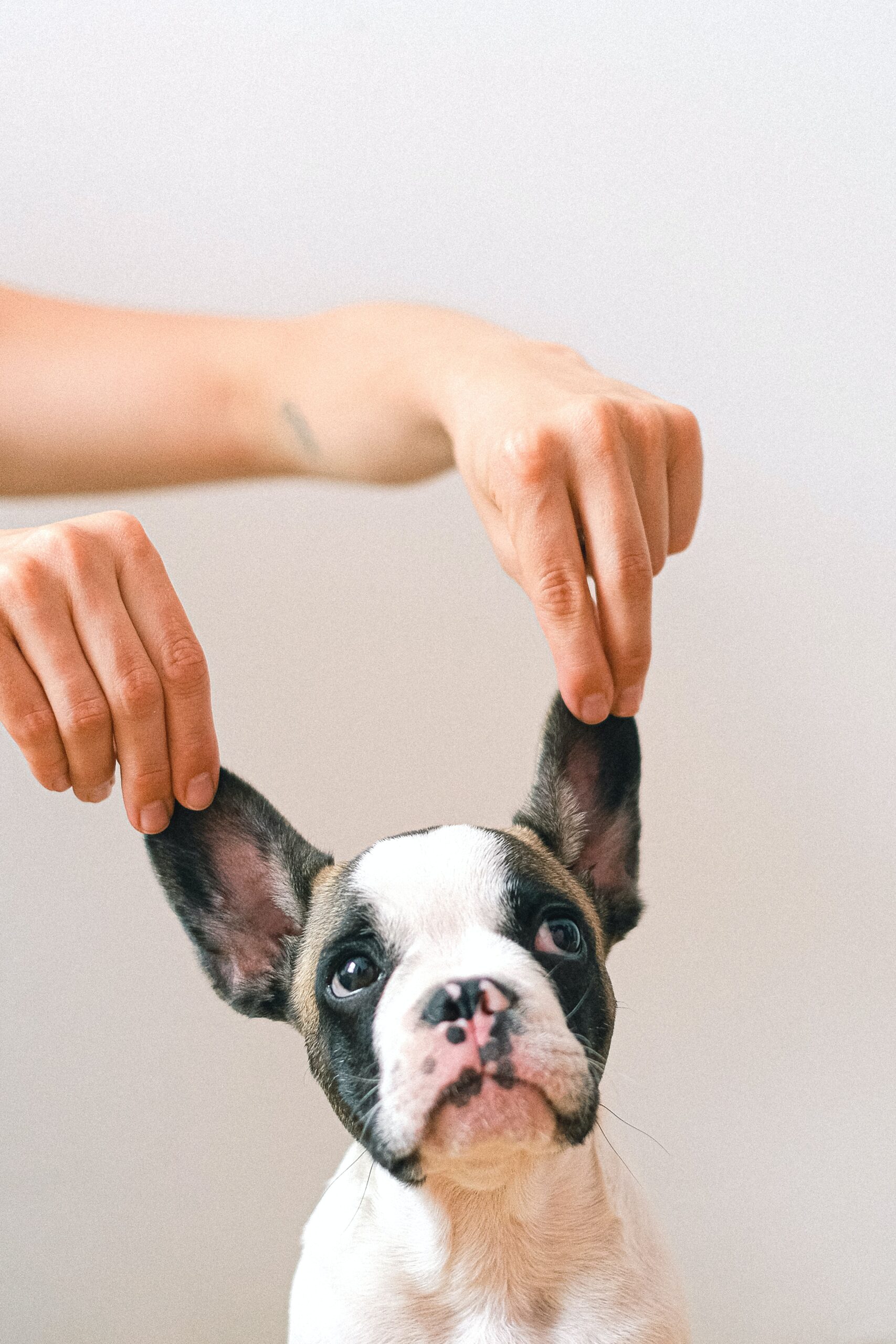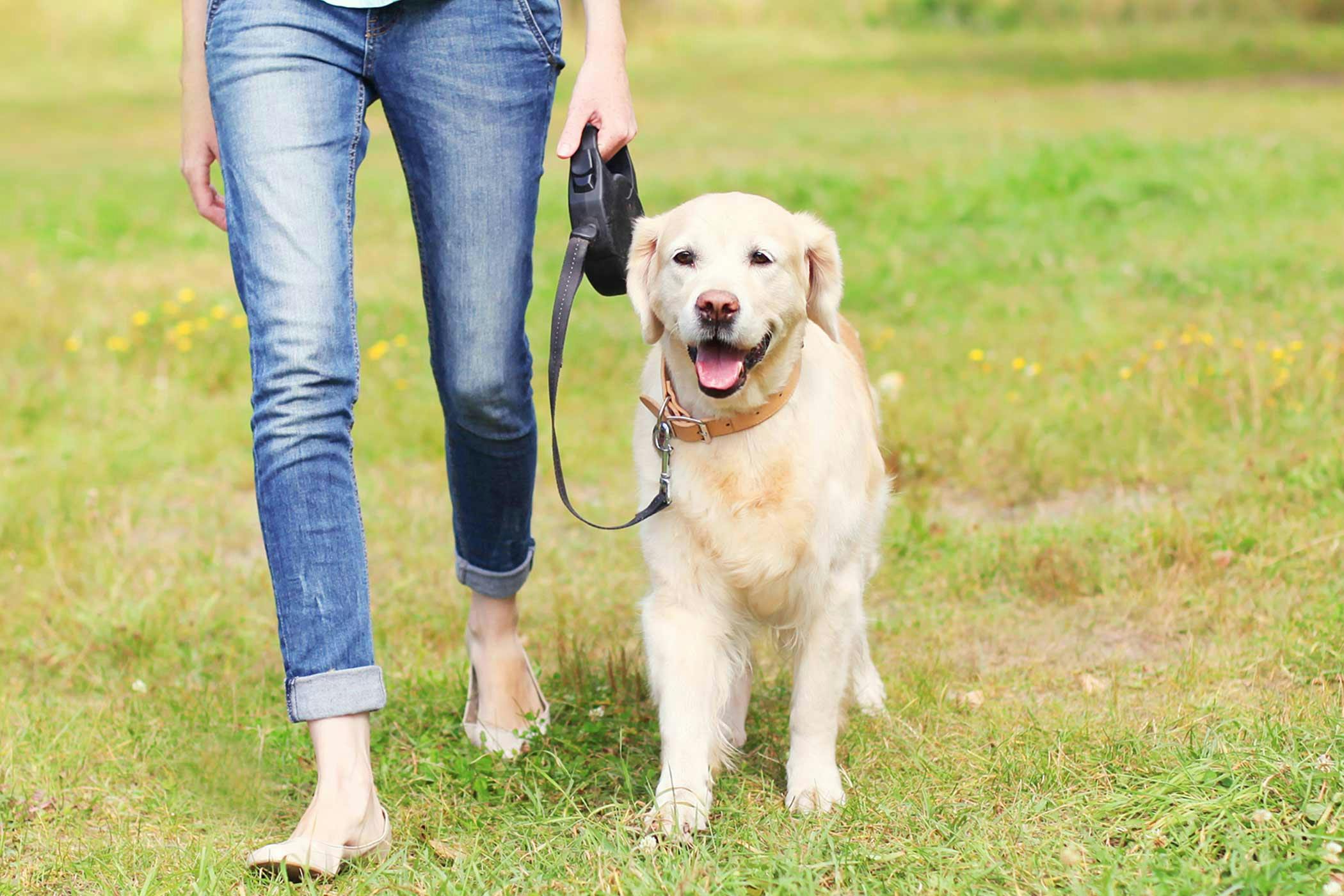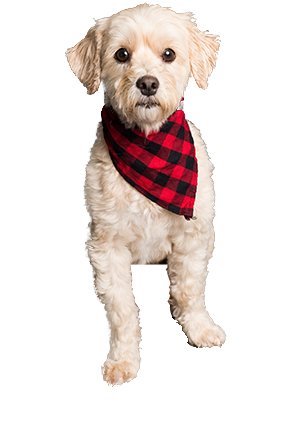Unlicensed Dog Food Delivery Service Exposed in Birmingham Investigation
Unlicensed Dog Food Delivery Service Exposed in Birmingham Investigation
In a surprising turn of events, an investigation in Birmingham has revealed an unlicensed dog food delivery service operating under the radar. This secretive operation, mimicking legitimate food delivery services, has shaken pet owners and raised questions about regulation and safety standards in the pet food industry.
Behind the Scenes of the Undercover Investigation
The investigation, conducted by undercover reporters, sought to uncover the potential risks associated with unlicensed pet food services. The reporters discovered that some of the vendors were operating without any regulatory oversight, posing significant health risks to pets. The findings highlighted how easy it is for unregulated businesses to mimic the appearance of legitimate services, deceiving unsuspecting customers.
What the Investigation Revealed
The operation uncovered several key findings about the unlicensed dog food delivery services:
- Lack of standard hygiene protocols
- Unverified sourcing of ingredients
- Absence of nutritional information on packaging
- Non-compliance with health and safety regulations
These issues could potentially cause harm to pets eating these inadequately sourced and possibly contaminated food products.
The Rise of Pet Food Delivery Services
In recent years, there has been a significant increase in pet food delivery services, driven by the convenience they offer. Pet owners, pressed for time, have welcomed these services, which promise to alleviate the hassle of sourcing quality pet nutrition. As a result, companies have attempted to capitalize on this growing trend, sometimes cutting corners to benefit from the less scrupulous segments of the market.
Convenience Versus Safety
The balance between convenience and safety is delicate. While convenience remains a top priority for many, the safety and well-being of their pets remains paramount. The Birmingham investigation shines a light on the potential dangers posed by unchecked convenience services, emphasizing the need for stringent regulation and oversight.
Regulation in the Pet Food Industry
The pet food industry is subject to various regulations, aimed at ensuring products are safe for consumption and nutritionally adequate. However, despite these regulations, the Birmingham investigation reveals gaps that exist in enforcement. Unlicensed operators exploit these gaps, often operating without fear of legal repercussions.
The Need for Enhanced Oversight
There is a clear need for more comprehensive oversight to prevent unauthorized operations from potentially harming pets. Enhanced regulatory frameworks should include:
- Regular inspections of production facilities
- Mandatory reporting of ingredient sources
- Transparency in nutritional labeling
- Stiff penalties for non-compliance
By implementing these measures, regulatory bodies can help ensure that only licensed and reliable services are able to operate in the market.
Advice for Pet Owners
Pet owners play a crucial role in safeguarding their pets’ health. The Birmingham investigation underscores the importance of being vigilant and informed when selecting a pet food delivery service.
Steps to Ensure Pet Food Safety
Consider the following tips to protect your pets:
- Verify the seller’s credentials and licensing
- Request detailed information about product sourcing
- Check for clear nutritional labeling and compliance with safety standards
- Read reviews and testimonials from other customers
These steps can help pet owners make informed decisions and avoid engaging with potentially harmful services.
The Path Forward
The revelations from the Birmingham investigation serve as a wake-up call for both regulators and consumers. As the pet food delivery industry continues to grow, assessing and strengthening regulatory frameworks will be crucial to ensuring the safety of pet food products.
Pet owners must remain vigilant and proactive in scrutinizing the credibility of the services they choose. By promoting a culture of transparency and accountability, consumers can collectively contribute to more stringent standards within the industry.
Ultimately, the goal is to create a safer environment in which pet owners can confidently access quality nutrition for their beloved animals, free from the risks posed by unlicensed operations. The journey toward achieving this goal rests on a combined effort of regulatory reform, consumer awareness, and responsible business practices.








